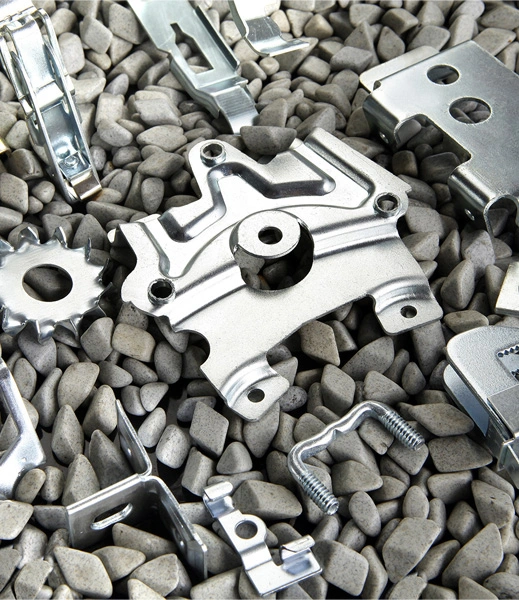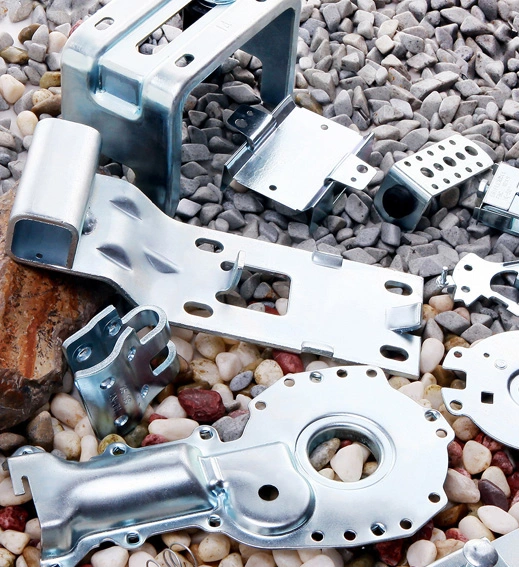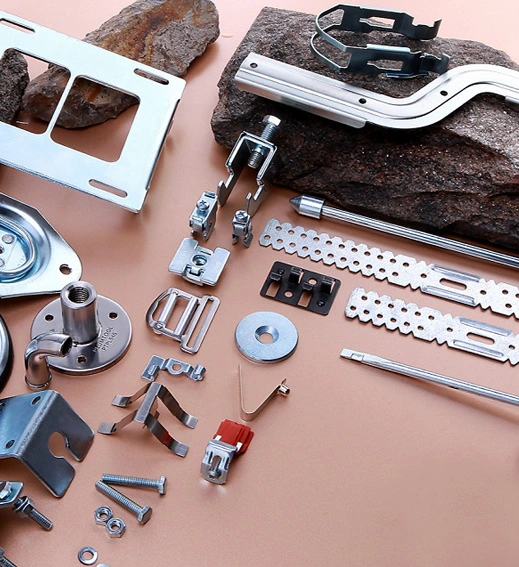

Material: Bronze /carbon steel /stainless steel /aluminum /copper /galvanized sheet available
Thickness: 0.8mm
Tolerance: ±0.05mm
Manufacturing process: progressive die stamping
Surface treatment: powder coating/painting /anodization /sandblasting/zinc coating etc available
Lantern terminal with phosphor copper filled, spring and stainless steel sleeve can be injection molded ,crown spring terminal
Stamping continuous mold is a type of mold used in stamping technology for continuous forming or cutting of metal workpieces. To ensure the accuracy and stability of continuous molds, the following are commonly used positioning methods for stamping continuous molds:
1. Guide pin positioning:
Guiding sales positioning is the most commonly used positioning method. The mold usually sets guide pin holes on the upper and lower molds. By inserting the guide pin into the corresponding hole, accurate positioning of the mold can be achieved. This positioning method is simple and precise, suitable for most stamping processes.
2. Diagonal pin positioning:
Diagonal pin positioning is a method of mold positioning using an inclined surface. A pair of inclined pin positioning holes are set between the upper and lower molds, and the inclined plane of the inclined pin corresponds to the inclined plane of the holes. The mold can be accurately positioned by the relative movement of the inclined pins between the inclined planes. This method is suitable for situations where it is necessary to prevent mold top jamming.
3. Cone pin positioning:
Cone pin positioning uses one or more conical male and female positioning holes to achieve precise mold positioning. Usually, male cone-shaped plugs are installed on the lower mold, and female cone-shaped ports are opened on the upper mold. By inserting the plug into the female port, precise matching and positioning of the mold can be achieved.
4. Pneumatic positioning:
Pneumatic positioning uses pneumatic devices to achieve rapid positioning and release of molds. By controlling the air pressure of the pneumatic device, precise positioning and stability of the mold can be achieved. This method is suitable for situations where frequent mold replacement is required and quick positioning is required.
By using the above positioning methods, it can be ensured that the stamping continuous mold maintains an accurate and stable position during operation. Different positioning methods are suitable for different stamping processes and mold designs. In order to achieve the best mold positioning effect, appropriate positioning methods should be selected according to the specific situation, and the quality and accuracy of the positioning components should be ensured. The selection of positioning methods is crucial for improving the efficiency and quality of stamping processes.



